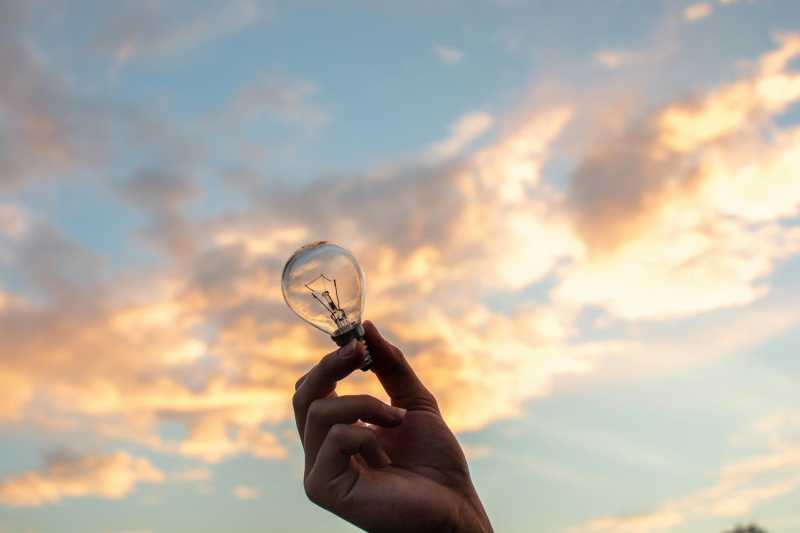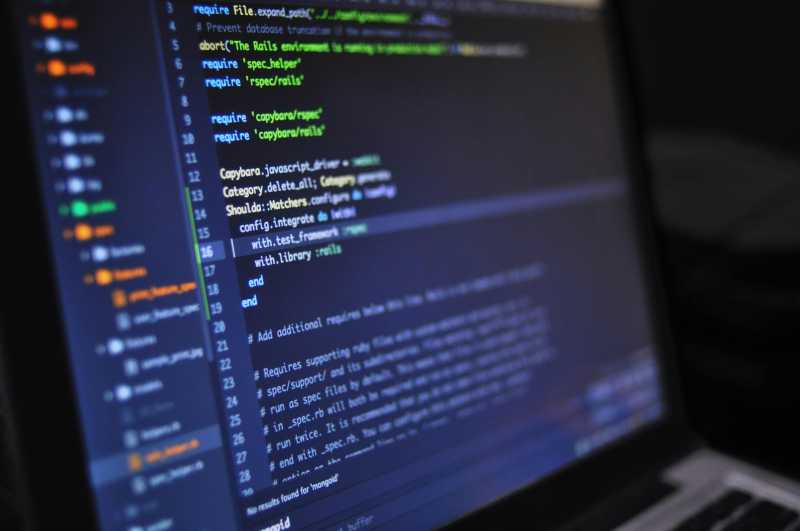In today’s fast-paced world, technology is revolutionizing every industry, and property restoration is no exception. At Projekt Restoration, your go-to experts in water, fire, and mold restoration, we leverage cutting-edge technology to provide efficient and effective solutions for all your restoration needs. From advanced mold assessment tools to state-of-the-art biohazard cleanup equipment, our team is equipped to handle even the most challenging situations. In this blog, we will explore how modern technology is transforming the property restoration landscape, making it possible to restore homes and businesses more quickly and thoroughly than ever before. Whether you’re dealing with water damage, fire damage, or mold issues, understanding the role of technology in property restoration can help you make informed decisions and ensure the best possible outcome for your property.
The Role of Drones in Property Assessment
Drones have revolutionized the field of property assessment, playing a pivotal role in modern property restoration. These unmanned aerial vehicles (UAVs) offer a myriad of benefits that enhance the efficiency and accuracy of property evaluations.
One of the primary advantages of using drones in property assessment is their ability to capture high-resolution aerial images and videos. This capability allows for comprehensive inspections of roofs, facades, and other hard-to-reach areas without the need for scaffolding or ladders. According to a report by Goldman Sachs, the global drone market is expected to reach $100 billion by 2025, with a significant portion attributed to the construction and real estate sectors.
Drones also facilitate the creation of detailed 3D models and maps, which are invaluable for assessing damage and planning restoration projects. These models provide a clear visual representation of the property, enabling restoration professionals to identify issues that may not be visible from the ground. For instance, drones equipped with thermal imaging cameras can detect moisture intrusion and insulation defects, which are critical for mold assessment and dehumidification processes.
Moreover, drones significantly reduce the time and cost associated with property assessments. Traditional methods often require extensive manual labor and can be time-consuming. In contrast, drones can quickly survey large areas, providing real-time data that accelerates decision-making and project timelines.
In conclusion, the integration of drones in property assessment is a game-changer for the restoration industry. Their ability to deliver precise, high-quality data efficiently makes them an indispensable tool for modern property restoration. For more information on how technology is transforming property restoration, visit our contact page.
- Goldman Sachs. (2020). “Drones: Reporting for Work.” Retrieved from [Goldman Sachs](https://www.goldmansachs.com/insights/technology-driving-innovation/drones/)
- Federal Aviation Administration. (2021). “The Economic Impact of Unmanned Aircraft Systems Integration in the United States.” Retrieved from [FAA](https://www.faa.gov/uas/resources/economic_impact/)
Advanced Water Damage Detection Technologies

In the realm of modern property restoration, advanced water damage detection technologies have revolutionized the way professionals identify and address water-related issues. These cutting-edge tools enable precise detection of moisture and water damage, ensuring timely and effective restoration efforts. One of the most significant advancements is the use of infrared thermal imaging. This technology allows experts to visualize moisture hidden behind walls, under floors, and in other concealed areas, which traditional methods might miss. By detecting temperature variations, infrared cameras can pinpoint the exact location of water intrusion, facilitating targeted repairs and minimizing further damage.
Another innovative tool is moisture meters, which measure the moisture content in building materials. These devices come in various forms, including pin-type and pinless meters, each suited for different applications. Pin-type meters use electrodes to penetrate surfaces and measure moisture levels, while pinless meters use electromagnetic signals to detect moisture without damaging the material. Both types provide accurate readings, helping professionals assess the extent of water damage and monitor the drying process.
Additionally, advanced leak detection systems have become integral in preventing water damage. These systems use sensors and smart technology to detect leaks in real-time, alerting property owners and restoration experts to potential issues before they escalate. By integrating these technologies, restoration companies can offer comprehensive solutions that ensure properties are restored to their pre-damage condition efficiently and effectively.
For more information on how these technologies can benefit your property, visit our contact page or explore our Cooper City water damage services.
The Impact of AI on Restoration Efficiency

Artificial Intelligence (AI) has revolutionized various industries, and property restoration is no exception. The integration of AI in modern property restoration has significantly enhanced restoration efficiency, making processes faster, more accurate, and cost-effective. AI-driven tools and technologies, such as predictive analytics and machine learning algorithms, enable restoration professionals to assess damage more precisely and develop effective restoration plans. For instance, AI can analyze data from past restoration projects to predict the extent of damage and the resources required, thereby optimizing resource allocation and reducing downtime.
Moreover, AI-powered infrared thermal imaging can detect hidden damages, such as water leaks or mold growth, that are not visible to the naked eye. This early detection allows for prompt intervention, preventing further deterioration and reducing restoration costs. AI also plays a crucial role in automating routine tasks, such as monitoring moisture levels and controlling dehumidification processes, ensuring that the restoration environment remains optimal.
In addition to improving operational efficiency, AI enhances customer satisfaction by providing accurate and timely updates on the restoration progress. Clients can use AI-driven calculators to estimate restoration costs, making the process more transparent and predictable. Furthermore, AI can assist in managing biohazard clean-up by identifying hazardous materials and suggesting appropriate handling procedures, ensuring safety and compliance with regulations.
Overall, the impact of AI on restoration efficiency is profound, transforming how restoration projects are managed and executed. As AI technology continues to evolve, its applications in property restoration are expected to expand, further enhancing the quality and efficiency of restoration services. For more information, feel free to contact us.
Sustainable Practices Through Modern Technology
In the realm of modern property restoration, sustainable practices are becoming increasingly vital. Leveraging advanced technology, companies can now implement eco-friendly solutions that not only restore properties efficiently but also minimize environmental impact. One such technology is infrared thermal imaging, which allows for precise detection of moisture and structural issues without invasive methods. This reduces the need for extensive demolition and waste, promoting a more sustainable approach to restoration.
Another key advancement is the use of high-efficiency dehumidification systems. These systems are designed to remove moisture quickly and effectively, preventing mold growth and further damage. By using energy-efficient equipment, restoration companies can significantly reduce their carbon footprint while ensuring optimal indoor air quality.
Additionally, modern property restoration often involves the use of eco-friendly materials and products. For instance, low-VOC (volatile organic compounds) paints and sealants are now widely available, reducing the release of harmful chemicals into the environment. This not only benefits the planet but also improves the health and safety of building occupants.
For those dealing with specific issues like mold, specialized services such as Cooper City mold removal and Davie mold removal offer targeted solutions that adhere to sustainable practices. These services utilize advanced techniques and eco-friendly products to ensure thorough and safe mold remediation.
In conclusion, the integration of modern technology in property restoration is paving the way for more sustainable practices. By adopting these innovative solutions, restoration companies can effectively address property damage while contributing to environmental conservation. For more information or to get a quote, visit our contact page.
Virtual Reality for Client Visualization
In the realm of modern property restoration, technology has revolutionized the way clients visualize and understand the restoration process. Virtual Reality (VR) is at the forefront of this transformation, offering an immersive and interactive experience that traditional methods simply cannot match. By leveraging VR, restoration professionals can create detailed, 3D models of properties, allowing clients to virtually walk through their spaces before, during, and after restoration. This technology not only enhances client understanding but also fosters better communication and decision-making.
For instance, when dealing with complex projects like fire damage restoration, VR can illustrate the extent of the damage and the proposed restoration plan in a way that is easy for clients to grasp. This visual aid can be particularly beneficial in emotionally charged situations, providing a clear and reassuring picture of the restoration journey ahead.
Moreover, VR can be integrated with other advanced technologies such as infrared thermal imaging to offer a comprehensive view of hidden issues like moisture intrusion or structural weaknesses. This holistic approach ensures that clients are fully informed and confident in the restoration process.
In summary, Virtual Reality is a game-changer in property restoration, enhancing client engagement and satisfaction. By providing a clear, immersive visualization of the restoration process, VR helps bridge the gap between technical expertise and client understanding, ensuring a smoother and more transparent restoration experience. For more information or to get started on your restoration project, visit our contact page.
The Future of Robotics in Property Restoration
The integration of robotics in property restoration is revolutionizing the industry, offering unprecedented efficiency and precision. As technology advances, robots are becoming indispensable tools in various aspects of property restoration, from initial damage assessment to the final stages of reconstruction. These sophisticated machines are equipped with advanced sensors and AI capabilities, enabling them to perform tasks that were once labor-intensive and time-consuming. For instance, robots can now conduct detailed infrared thermal imaging to detect hidden moisture and structural weaknesses, ensuring a thorough and accurate assessment of the damage.
Moreover, robotics in property restoration significantly enhances safety by taking on hazardous tasks that would otherwise put human workers at risk. In scenarios involving biohazard clean-up or fire-damaged structures, robots can navigate and operate in dangerous environments, minimizing the exposure of restoration professionals to harmful conditions. This not only speeds up the restoration process but also ensures a higher standard of safety and quality.
The future of robotics in property restoration also promises greater cost-effectiveness. Automated systems can work around the clock without fatigue, reducing the overall time required for restoration projects. This efficiency translates to lower labor costs and faster turnaround times, benefiting both restoration companies and property owners. As the technology continues to evolve, we can expect even more innovative applications of robotics, further transforming the landscape of modern property restoration. For more information on how these advancements can benefit your property, feel free to contact us or use our calculator to estimate your restoration needs.
In conclusion, the integration of technology in modern property restoration has revolutionized the industry, offering unprecedented efficiency, precision, and effectiveness. From advanced diagnostic tools and innovative construction materials to sophisticated project management software and sustainable practices, technology has empowered professionals to restore properties more quickly and to higher standards than ever before. As we continue to embrace and develop these technological advancements, the future of property restoration looks promising, ensuring that homes and buildings can be restored to their former glory with minimal disruption and maximum resilience. The ongoing evolution in this field not only enhances the quality of restorations but also contributes to safer, more sustainable, and more resilient communities.





